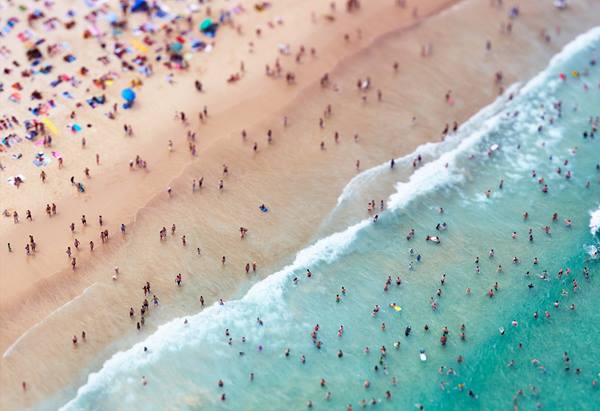I always find myself mesmerized by architecture — whether I’m traveling 10 minutes down the road to the CBD of Sydney, or halfway around the world. It amazes me how something can be so functional, and so eye pleasing at the same time.
I love capturing this calculated beauty through photography, and I’ve learnt heaps of tips over the years while doing it more, and more. In this article I’ll share the most important creative architecture photography tips. Hopefully you can take them and grow your own creative output.
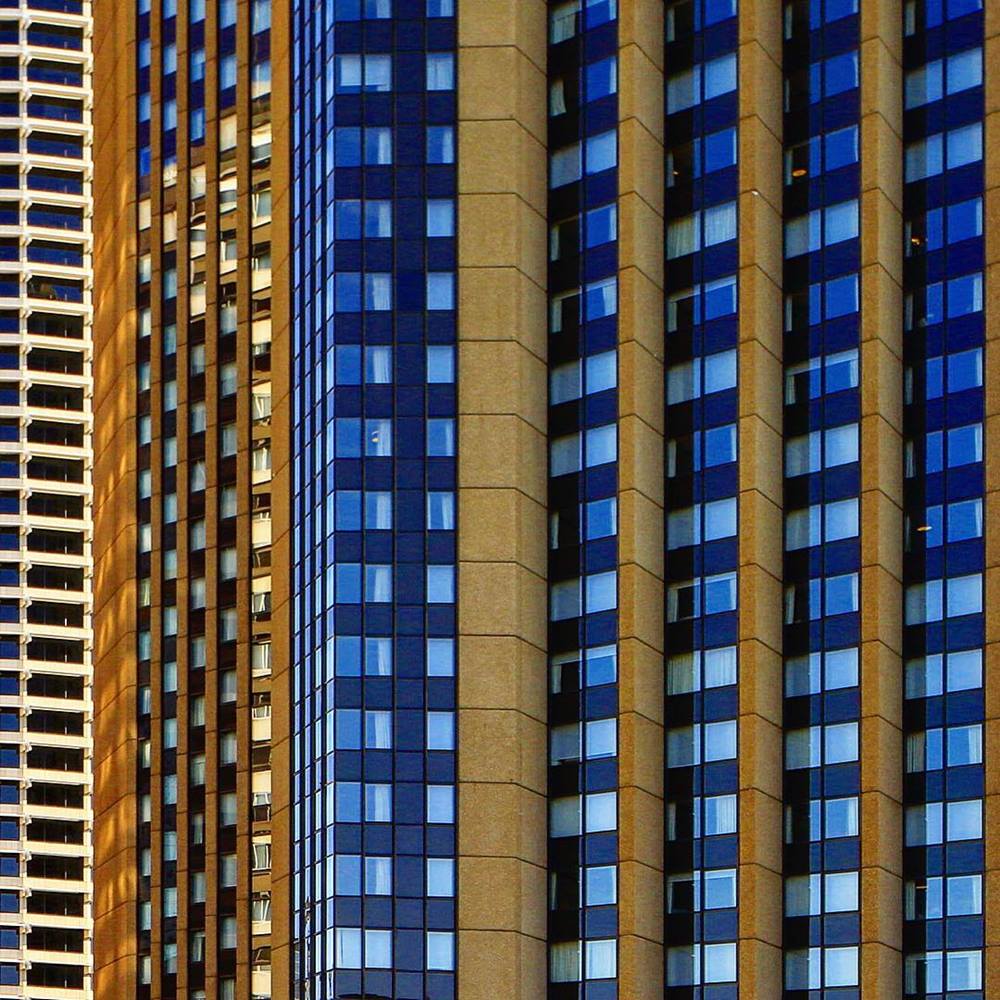
How to shoot architecture photography
It all comes down to the story you want to tell. Architecture can reveal a great deal about a location, and often transforms how we engage with a space. Architecture can represent growth and development, or demise. It represents changes through time. It can include iconic symbols or international landmarks. So what story do you want to tell?
In Sydney, where I live, there’s no shortage of fascinating buildings to photograph. When I’m trying to create an image that highlights the history of a place, I look for examples of old and new architecture in close proximity. Compositionally, this creates contrast by emphasising the differences between subjects.
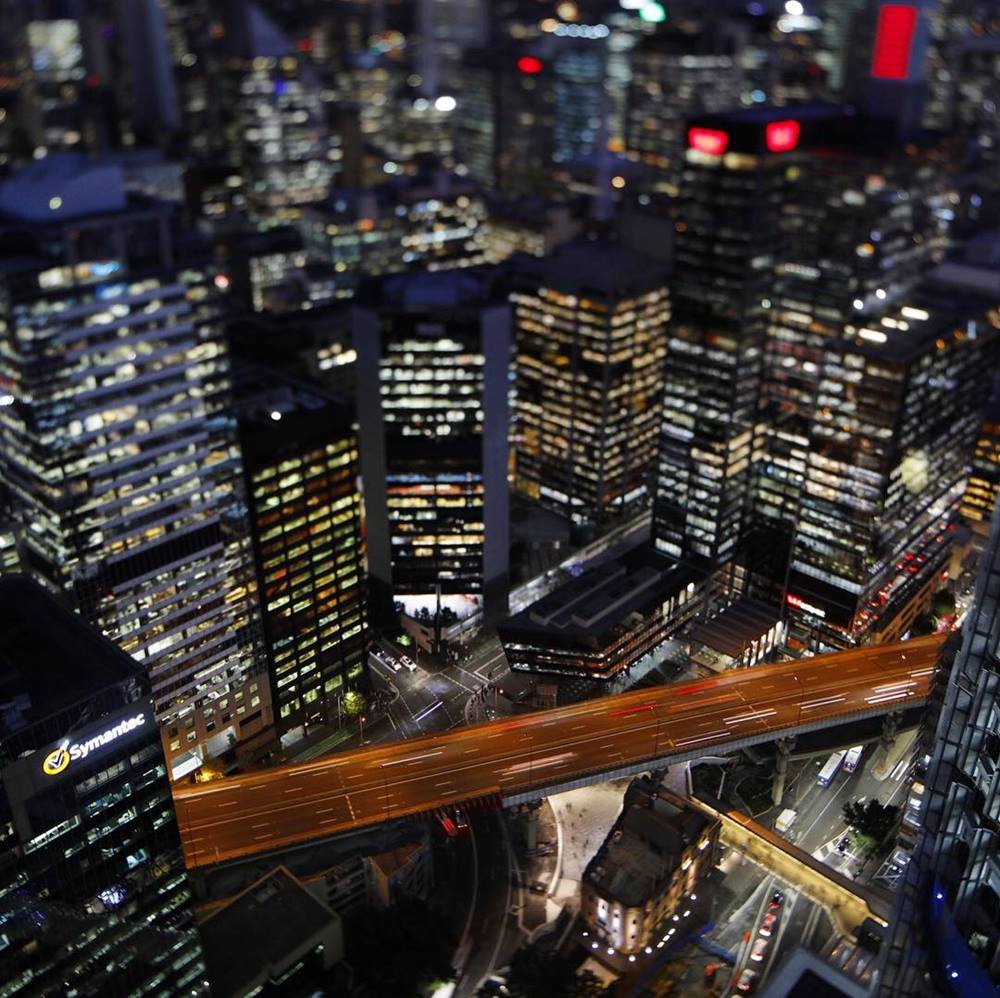
If I’m creating an image that’s talking about the structural qualities of modern architecture, I think about how to emphasise details such as the lines of a building, or the patterns often found in this style of architecture.
In many cases architectural subjects are symmetrical, in this case I work hard to ensure my images convey that same symmetry. It’s a simple — yet technical — approach, which can have great impact. This technique is all about attention to detail, so be sure to line yourself up with the precise center of the building you’re photographing.
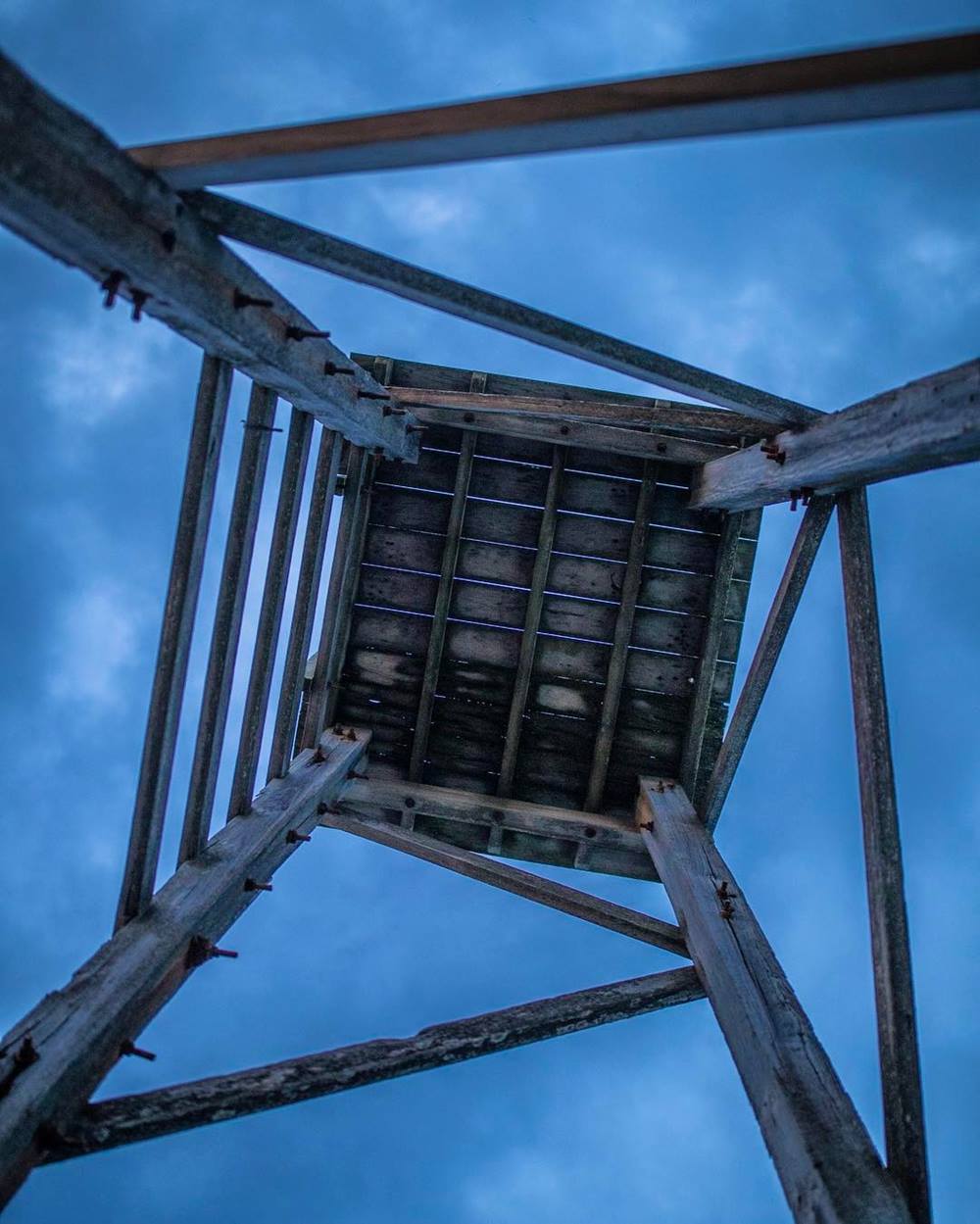 Look for the light
Look for the light
Photography is all about light, and sometimes the difference between a good shot and a great shot comes down to planning and timing. Where possible, I take my time to observe my subject, and have a good look around before shooting. This allows me to identify interesting angles and features of the building, and provides me the opportunity to look for light.
When I’m scouting a location to shoot I avoid shooting buildings that are in flat light or the shadows of other buildings. To avoid flat light, look for subjects that are brightly lit, a bright subject against a dark background creates a strong sense of contrast and enhances the composition of your image by allowing your subject to stand out from the background.
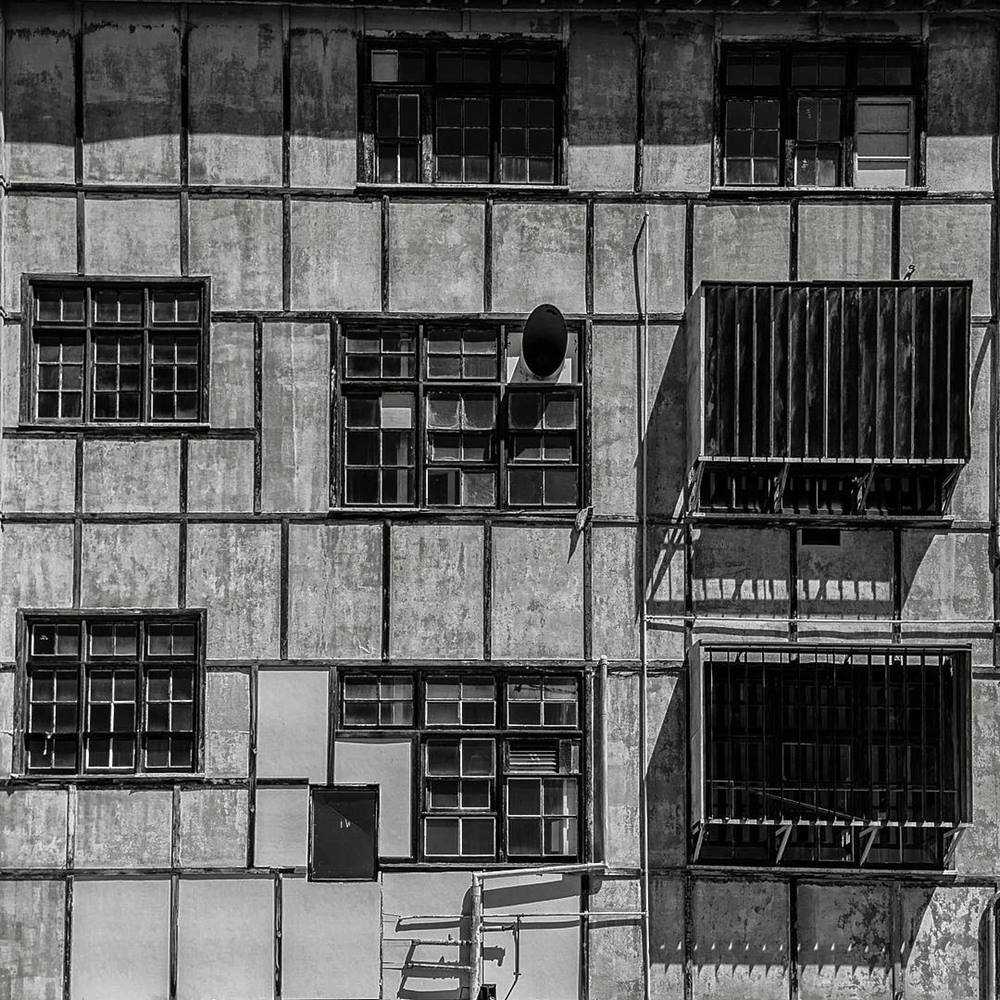
If you’re presented with a high contrast lighting situation, look for any interesting shadows that may form. High contrast lighting situations often reveal new patterns or shapes that can uniquely enhance your composition.
When I’m looking for light, I’m constantly observing how the light hits the facade of the subject, and if it reveals any new details.
I tend to revisit my favourite architectural sites at different times of the day. Revisiting a site under different lighting conditions often reveals different details, making each shoot unique.
Recommended gear for architecture photography
You can shoot architecture with any lens, just consider how you’ll use the gear you have, as it will impact your composition.
Typically buildings are quite large subjects, and therefore require wider
focal lengths in order to fit the whole subject in. While you may be tempted to tip the camera up to capture the height of the subject, try to keep the sensor parallel to the subject you are shooting to avoid converging vertical lines.
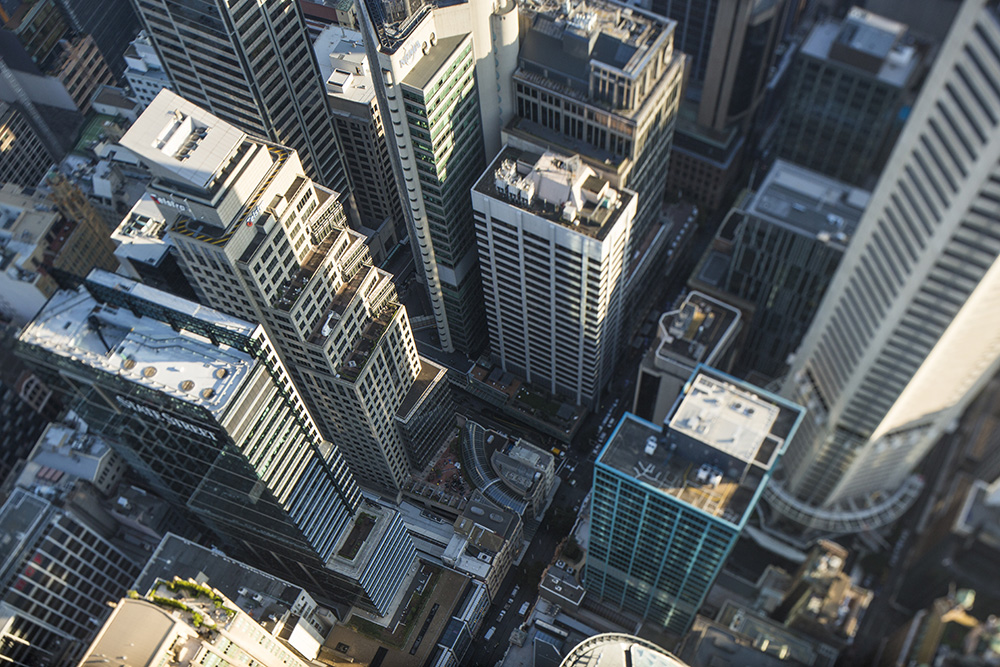 Wide angle lenses
Wide angle lenses are also great for shooting from higher vantage points and capturing cityscapes — they allow you to capture multiple buildings together.
I love modernist architecture — it reveals so many structural details that are particularly photogenic. I often find myself shooting such examples of detail with a
longer lens. Being further away and zooming in also minimises distortion when shooting tall subjects, if you can elevate yourself, the results are often further enhanced.
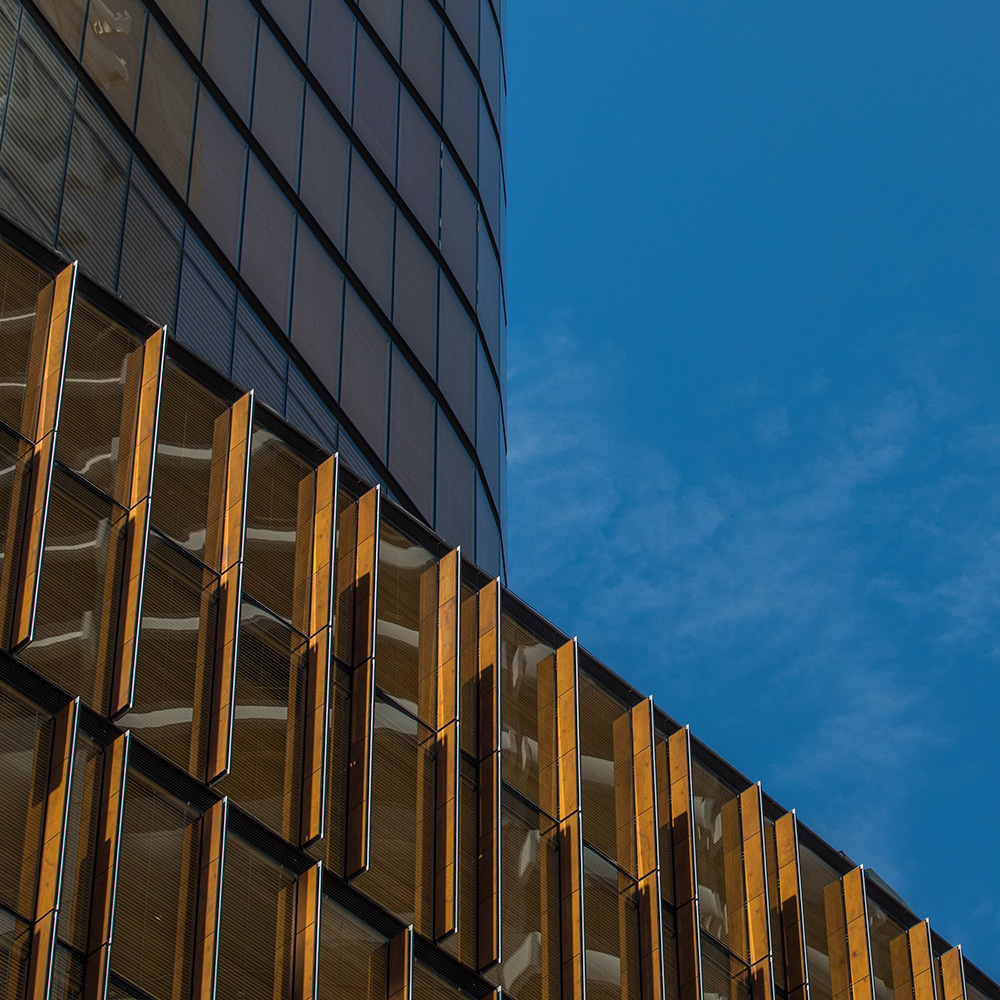
I love shooting architecture photography with
Tilt Shift lenses, specifically the Canon
TS-E 24mm f/3.5L II Tilt Shift lens. It’s without a doubt my favourite lens — closely followed by the Canon
TS-E 17mm f/3.5L II Tilt Shift lens — for when I’m shooting slightly larger subjects and interiors.
This type of lens allows you to control the convergence effect, which means you can control how the lines appear on tall buildings, for example — keeping them parallel, instead of converging to a vanishing point. By adjusting the shift function of the Tilt Shift lens, I can better control perspective and distortion. This allows me to keep my camera’s sensor parallel to the subject I’m shooting, while still capturing the height of a building.
Use a tripod. This will help keep your camera parallel to the subject when you’re shooting your subject front on. Tripods are especially useful if you do shoot with the Tilt Shift lenses — you’ll need your hands free to adjust the shift and tilt functions.
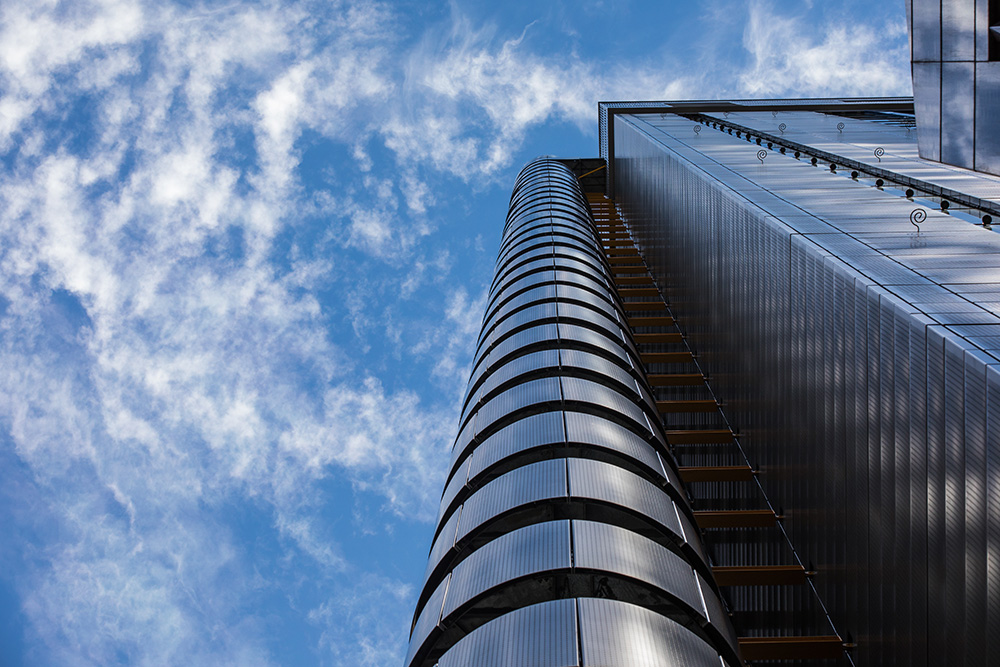 Camera settings for architecture photography
Camera settings for architecture photography
When it comes to photographing architecture, shoot in Aperture Priority (AV) or Manual modes. Your subject is stationary, so you can shoot with slower shutter speeds if needed. Just remember, anything below 1/60th of a second requires a tripod.
My preferred camera settings for architecture photography are:
- Manual exposure mode
- ISO: 100
- Aperture: f/8 to f/14
- Shutter Speed: Varies depending on the light, but you could start with 1/125th of a second and go from there.
You’ve got the basic info you need to get out there and try your hand at architecture photography. Now get out there and give it a go.
Images and text by Emma Desira.










